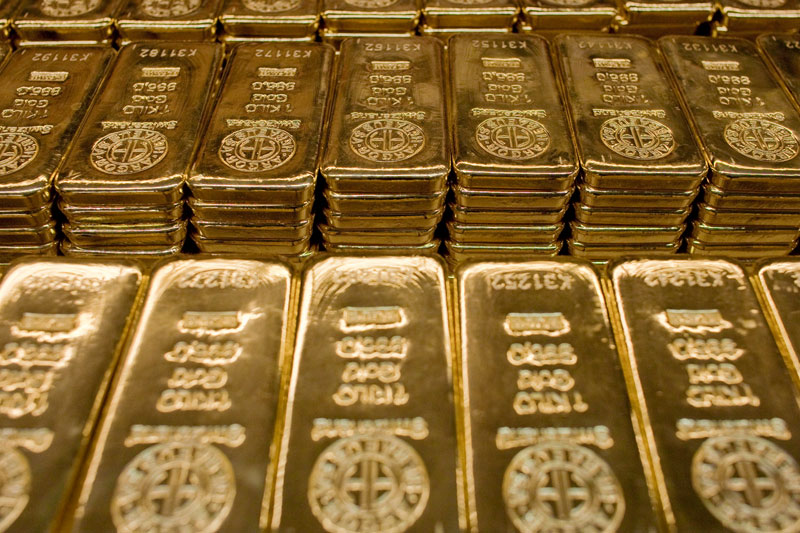
Investing.com – When all else fails, it’s the safe havens that matters. And gold proved again to be the hedge of choice for investors fleeing tumbling stocks and the dollar in the aftermath of the Fed’s latest rate hike.
Futures of the yellow metal soared to six-month highs in Thursday’s trade, closing their gap with gold bugs’ target of $1,300 level last reached in June.
Benchmark COMEX for February settled up $11.50 at $1,267.90 per troy ounce after hitting a six-month high at $1,270.20. The 1% gain was the largest daily advance for the contract since Nov. 1.
“It’s a rare combination, equities and the dollar taking it on the chin at the same time, leaving investors with little choice but the relative safety of gold,” said Tom Beller, markets strategist for precious metals at RJO Futures in Chicago. “Right now, the next resistance is $1,280 but we’re definitely on track to $1,300 if we get past that.”
The Fed raised rates as expected by a quarter point at its December meeting on Wednesday. But it also sent out mixed signals to the market by lowering its economic forecast for 2019, while hinting that it would continue raising rates, but at a slower pace. Most Fed governors said they anticipate only two rate hikes next year, versus previous expectations for three.
Fed funds futures, however, showed traders adding to bets that the Fed will hold after this hike. That sent the , a contrarian bet to gold, tumbling to a two-month low of 95.632. The also fell, by nearly 2%.
In the trade of other precious metals on COMEX on Friday, rose by 0.1% to $14.84 per ounce.
lost 0.9% to $1,191.70 per ounce, while sister metal shed 0.1% to $795.60.
In base metals, COMEX fell 0.6% to $2.70 per pound.
Fusion Media or anyone involved with Fusion Media will not accept any liability for loss or damage as a result of reliance on the information including data, quotes, charts and buy/sell signals contained within this website. Please be fully informed regarding the risks and costs associated with trading the financial markets, it is one of the riskiest investment forms possible.
Source: Investing.com





























